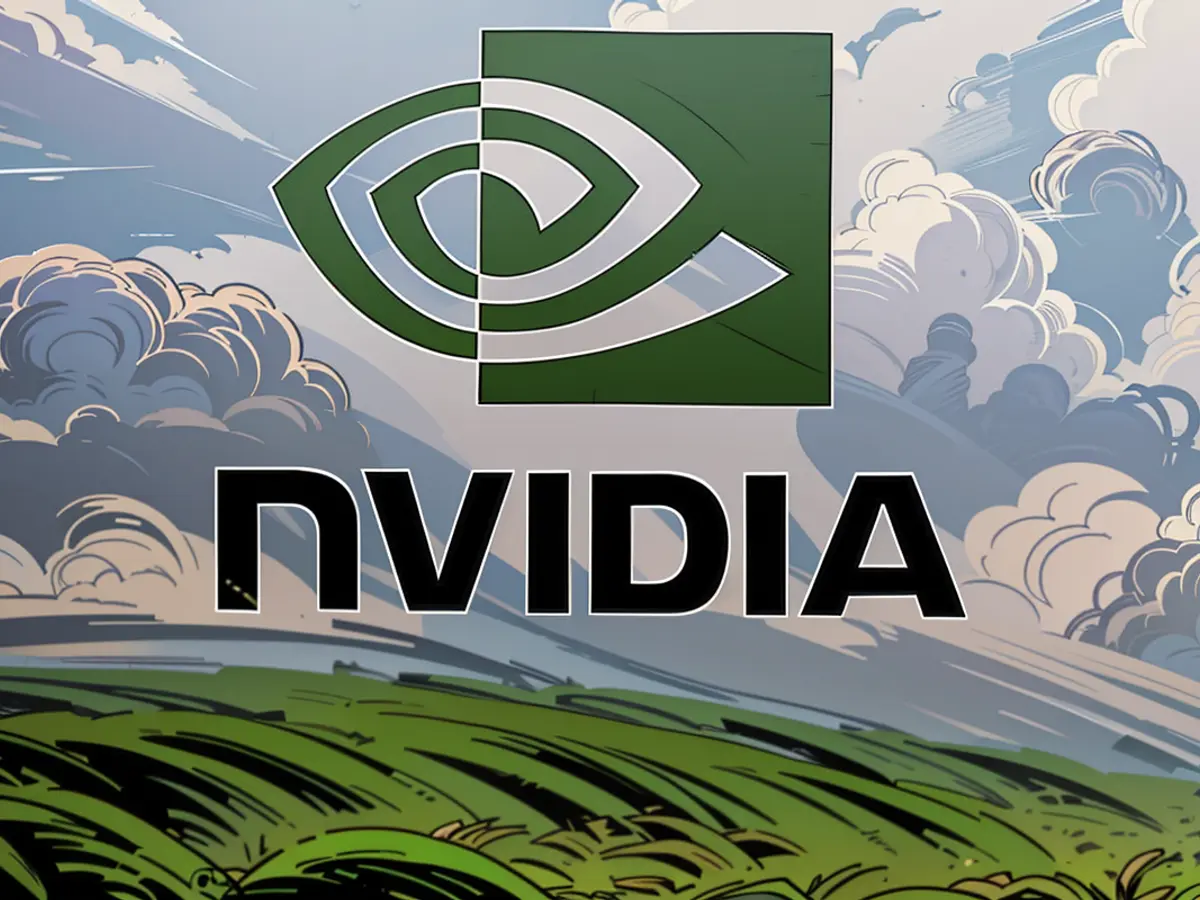Digging Deeper into Nvidia's AI Advancements: Beyond the Bursting Point?
Nothing sparks more intensity than Q4 earnings reports, and Nvidia's was no exception. To everyone's surprise, the Silicon Valley juggernaut managed to boost both revenue and profit in the previous quarter. Yet, the jubilation amongst investors fell short, leaving us questioning whether the AI sector's progress is all howled up. Could it be that Nvidia's AI advancements aren't revolutionary enough? And is there still a world of untapped potential in their chips?
Despite the muted response from investors, the anticipation surrounding Nvidia's Q4 earnings had reached fever pitch. The excessive excitement surrounding Nvidia could have unseen repercussions for the AI sphere.
Trending Now:
The Widening Impact
Here's a closer look at the potential consequences for the AI sector due to investor dissatisfaction with Nvidia's Q4 earnings:
- Market Sentiment and Stock Price: The announcement of DeepSeek's FlashMLA technology, which gives a significant edge to older Nvidia GPUs, has sent their stock plummeting. This indicates that investors are disenchanted with the company's current performance and its future prospects[2].
- Investment in AI Infrastructure: The revelation that AI firms are abandoning their GPU shopping sprees and that Microsoft is scaling back on data center leases suggests a possible decrease in investment in AI infrastructure, which could slow the growth of the AI sector[2].
- Competition and Innovation: The emergence of FlashMLA technology from DeepSeek has introduced a new competitive dynamic in the AI chip market. This could lead to a shift in market dynamics, where older chips are repurposed with new software, potentially shaking up Nvidia's business model[2].
- Gaming and Consumer GPUs: Reports of quality issues with Nvidia's consumer GPUs, like the RTX 50 series experiencing melting power connectors and stability glitches, further undermine investor confidence and could impact consumer adoption of these products[2].
- Geopolitical Pressures: Nvidia faces ongoing geopolitical pressures due to US export controls on AI technologies and the impending specter of a hefty semiconductor tariff on foreign-made silicon imported into America. This uncertainty can affect Nvidia's ability to meet demand and maintain profitability[4].
Even though these challenges arise, there remains significant untapped potential in Nvidia's chips:
- AI Workloads: Nvidia's GPUs still excel at complex AI tasks, particularly in data centers. The Blackwell chip and other upcoming products are designed to tackle these demanding tasks, ensuring Nvidia remains a significant player in the AI infrastructure market[1].
- Software Ecosystem: While DeepSeek's FlashMLA technology has upset Nvidia's hardware-centric business model, Nvidia's extensive software ecosystem remains a competitive edge. This ecosystem streamlines the implementation and optimization of AI solutions, providing developers and companies with a robust platform for new applications and process optimization[1].
- Future Product Lines: Nvidia is gearing up for future requirements with the introduction of Blackwell Ultra and the subsequent product generation, Vera Rubin. These products are crafted to suit evolving AI needs and maintain Nvidia's market leadership[1].
- Global Demand for AI Solutions: Despite geopolitical uncertainties, the global demand for AI solutions and data-driven infrastructures keeps growing exponentially. Nvidia's strategic orientation, including scaling AI infrastructure and strengthening its software ecosystem, positions the company well for long-term growth[1].
In conclusion, while investor dissatisfaction and the emergence of innovative technologies like FlashMLA pose significant challenges, Nvidia's robust software ecosystem, future product lines, and the ongoing global demand for AI solutions guarantee that there remains substantial untapped potential in the company's chips.








